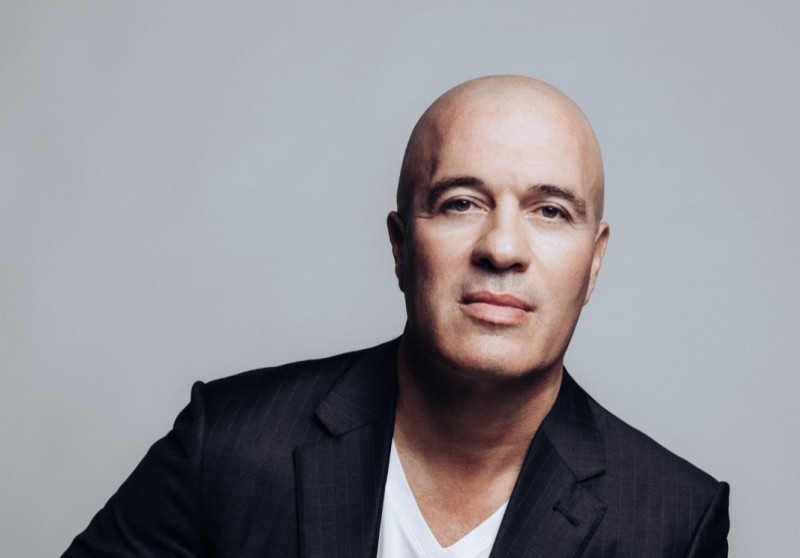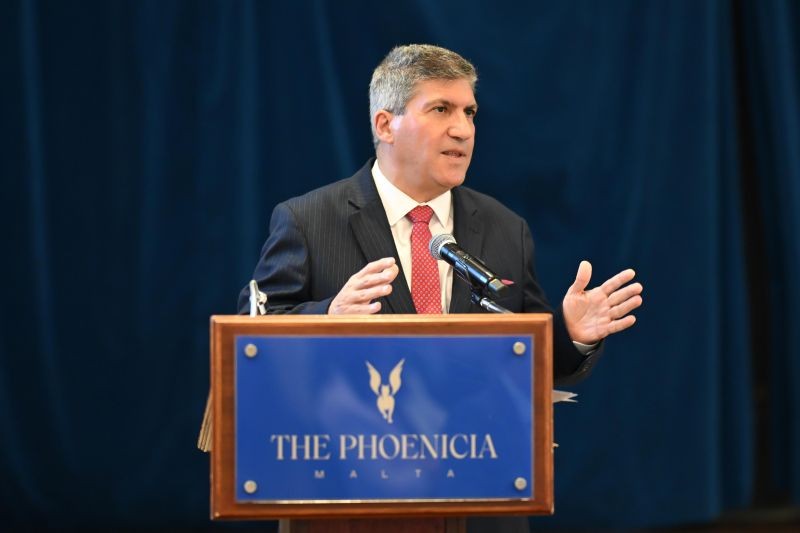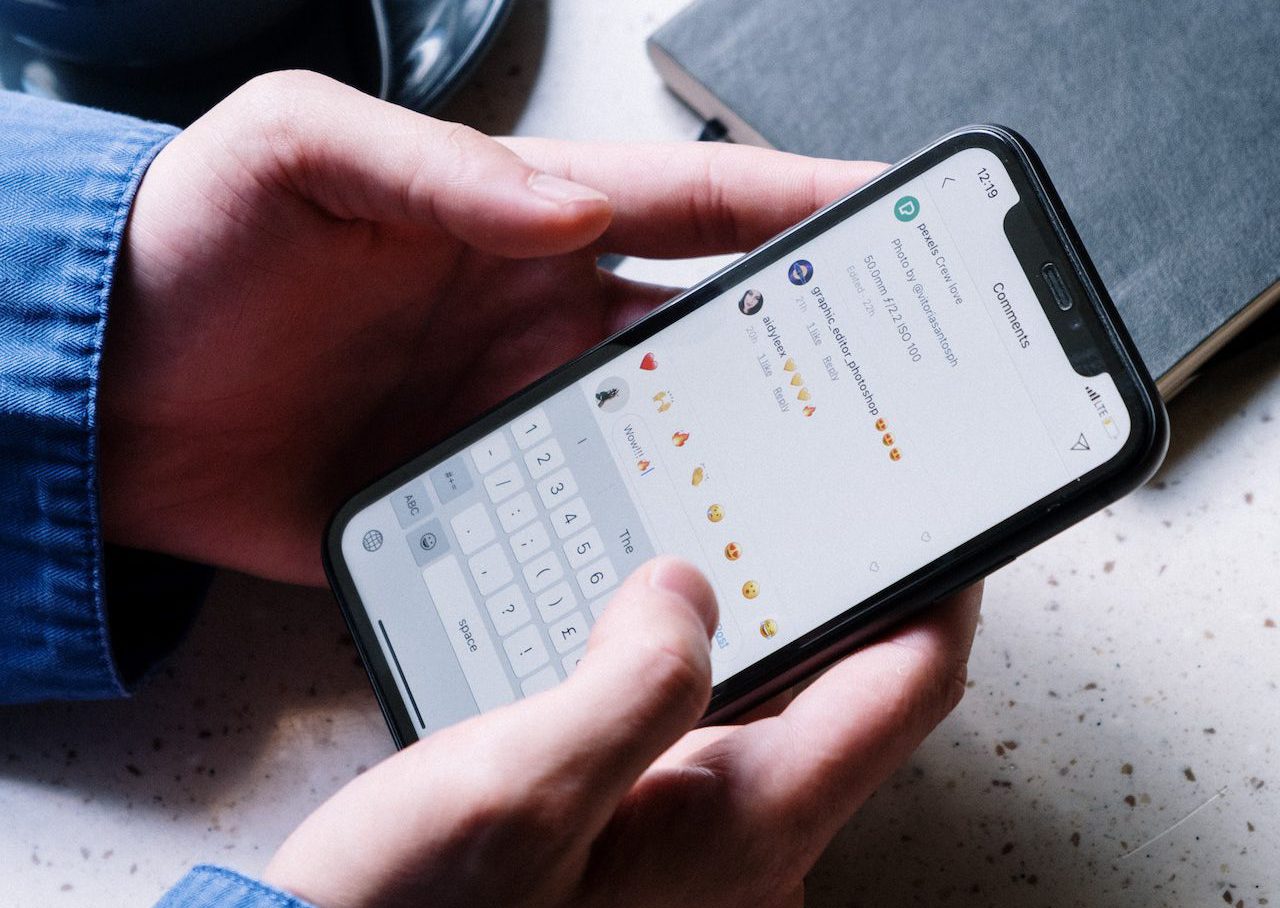Did you ever notice how curious kids can be? My seven-year-old son is particularly inquisitive. When a particular subject gets his attention, he delves into a whole series of how and why questions which can last a number of hours, and at times, even days.
Curiosity is a human instinct. From a young age, we begin surveying our environment and inquiring about how things work and why they work that way. Curiosity can drive our motivations and desires, influence our decision to work within certain fields and build relationships with certain people.
When delivering training workshops on presentation skills and public speaking, participants often ask me how they can make sure that their audience continues paying attention to them. The simple answer is, make them thirsty for knowledge. Ignite their curiosity. Heightening the curiosity of your audience is the secret ingredient for an engaging presentation. Entice them to join you on the journey by sparking curiosity.
Now whilst it is expected that an audience of seven-year-olds will be innately curious, the curiosity of adult audiences can vary widely. Unfortunately, the pressures and stress of daily life can exhaust many people’s capacity for inquisitiveness.
So, if when it comes to capturing and maintaining people’s attention, there’s nothing better than stimulating curiosity, how can you ignite curiosity in an adult audience? As a presenter, your task is to highlight a gap in the knowledge of your audience. Many presenters often go straight to communicating everything they know. However, the first order of the day should be to ensure that the audience recognises the need for the message, and to accomplish that, gaps in their knowledge need to be highlighted first.
Why does this work? Knowledge gaps create discomfort. Fundamentally, people want to fill this gap, and to eliminate discomfort they seek knowledge. At that point, when it’s you who is filling that gap with your idea, they will be much more inclined to support it. So, how can you initiate knowledge gaps?
Ask questions

Starting with a question creates a gap between what the listeners know and what they don’t know. This gap creates curiosity because people are hard-wired with a desire to fill knowledge gaps. Posing questions gets your audience thinking and starting to formulate their answers. So you’ve got them hooked!
However, you need to make sure that you do not just ask any question. A question such as ‘How do we build a better future for all?’ is way too broad and too much of a cliché. Consider framing your question in a format that offers novelty, a fresh perspective or a surprising fact. One of my favourite formats is opening with the question phrase, ‘What if I told you that…?’ You can also consider starting in this way: ‘Did you know that…?’
As a presenter, I recommend that you let your audience discover the answer for themselves rather than simply handing it to them. You can prolong their curiosity by diving into a story that illustrates your point. You’ve successfully captured your audience’s interest, and you’ve made an impact because they’ll remember the story. So, creating a knowledge gap using a question and then proceeding to fill in the gap using a compelling story will surely enable you to captivate your audience.
Igniting curiosity is the single most versatile tool at your disposal for ensuring audience engagement. A curious audience will be more open to answering questions. In this way, the presentation is likely to become more interactive and engaging, highlighted by an open exchange of information and ideas. An inquisitive audience will yearn to learn more. If a talk’s goal is to build an idea in listeners’ minds, curiosity is the fuel that powers listeners’ active participation. Seek to frame your topic in an unexpected way that clicks that curiosity button. Curiosity is the magnet that pulls your audience along with you. If you can wield it effectively, you can turn even difficult subjects into winning talks.
When you manage to pique the attention of your audience, they are much more likely to remember you and your message. Curiosity enhances learning and improves memory, so how about starting with you? Like a child yearning for knowledge, seek to become more inquisitive. Train yourself to be more curious, if you aren’t already. If you presently consider yourself a curious person, then push yourself to explore even further. Consider asking more demanding and diverse questions. As a presenter, it will lead to a well-rounded, engaging and compelling presentation that motivates your people for some kind of action. And isn’t that the outcome you want to achieve from every presentation?
You can reach Michelle Fenech Seguna on michelle@speaktomove.com.mt or access www.speaktomove.com.mt for more information.
6 morning routine mistakes to avoid that could cost you productivity
There are easy and effective ways to set the right tone from the start of your day.
Mistakes CEOs regret and how to avoid them
Many CEOs look back and wish they had done things differently.
6 steps business leaders must follow to address negative online reviews
Responding to online critics is an effective way of protecting a company’s reputation and building customer loyalty.
Provide feedback and show respect: 5 ways business leaders can steer a young team towards success
Millennials and Gen Z employees are on the rise, and while they are wrongly viewed as ‘unmotivated’ and ‘entitled’, they ...









